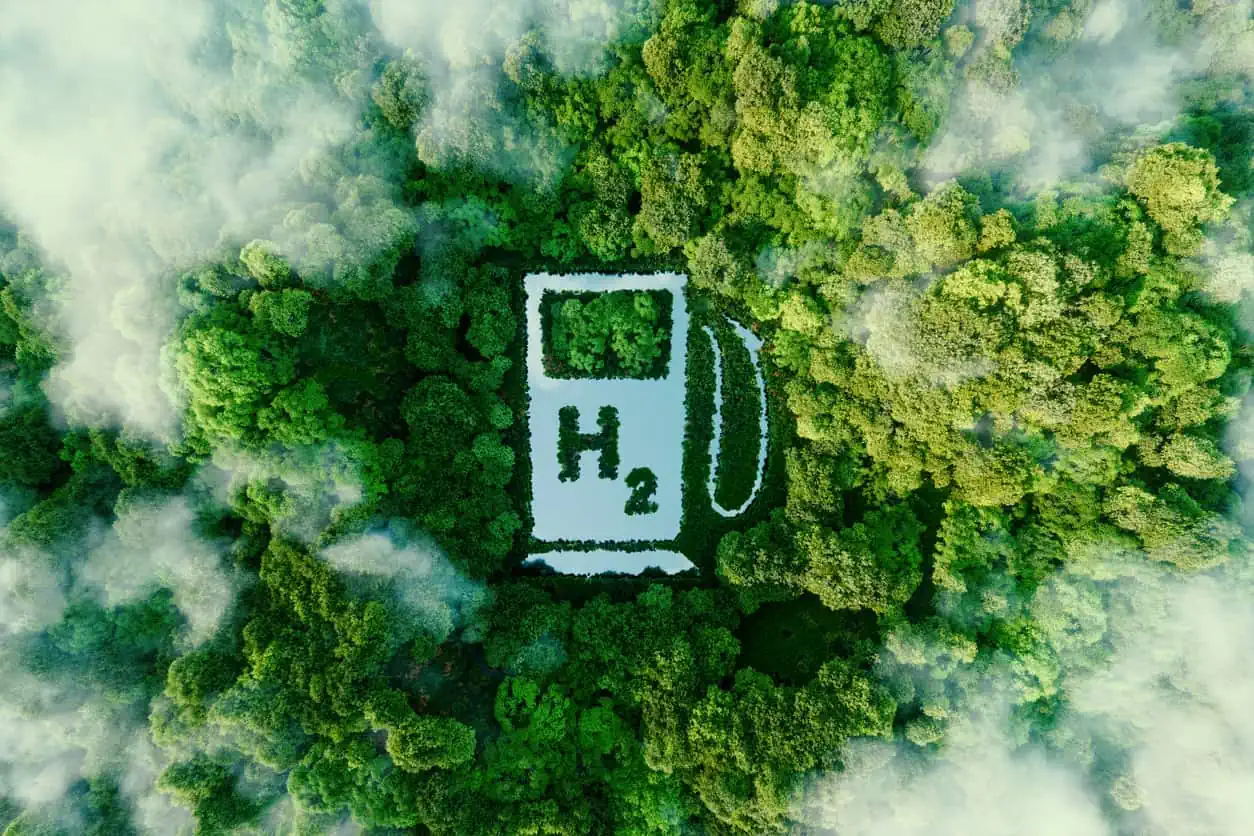
Per MIT Technology Review, H2 Green Steel (HGS) is a 2023 climate tech company to watch. HGS is building a large steel plant in northern Sweden that will rely on green hydrogen to cut pollution. It is designed to clean up one of the world’s most important building materials, which is also one of the biggest emitters of industrial pollution. Iron/steel generates 2.6 billion tons of CO2 emissions annually, about 7% of all energy-related climate pollution, according to a 2020 report by the International Energy Agency.
Last July, HGS began construction on what could be the world’s first commercial-scale clean steel factory. HGS says the factory will produce 2.5 million metric tons of steel by 2026, while cutting CO2 by up to 95% compared with traditional steel plants. It already has customers for about half the projected production, including BMW, Mercedes and Cargill. It has also raised >$3.7 Billion in debt financing and $1.9 Billion in equity investments for the plant.
Traditional steelmaking releases huge amounts of CO2. The gas is generated from coal-derived coke used to extract oxygen from iron, from other chemical reactions in the process, and from fossil fuels burned to heat the furnaces. In contrast, HGS plans to leverage hydro/wind power resources in Sweden to run one of the world’s biggest electrolyzers, a device that splits water molecules to produce a clean form of hydrogen. This hydrogen will then play the role of coke in pulling oxygen from heated iron pellets, producing water as a byproduct instead of CO2. The metal will then go through several additional electrified steps in which carbon and alloys are added to strengthen/refine the steel, and gases are removed. The process will still produce some emissions, mainly due to initial reliance on natural gas to add carbon to the molten metal. A ton of steel by HGS will cost 20-30% more than standard product, but the company expects that customers will be willing to pay premiums due to tighter climate policies and corporate net-zero commitments.
HGS plans to open the Swedish plant in 2025, and produce 5 million tons of clean steel annually by 2030. They are also exploring plans for additional projects along Europe’s Iberian peninsula, as well as in Brazil and North America. Over time, it plans to use bio-based or synthetic gas, instead of natural gas, to add the carbon that makes steel, to make this stage of the process carbon neutral. Eventually, HGS plans to produce steel without any CO2 emissions at all.
HGS is disrupting steelmaking with an entirely new way to produce its product, which could disrupt all steel production. MOSIMTEC modeling and simulation can help steelmakers be ready. There are lots of ways to be the disruptor rather than the disrupted. Explore options virtually with 3D and data-driven precision to see what works, what doesn’t, and how to gain an advantage on competitors without getting run over in the process. MOSIMTEC can help future-proof your business.
#production #innovation #climatechange #carbondioxide